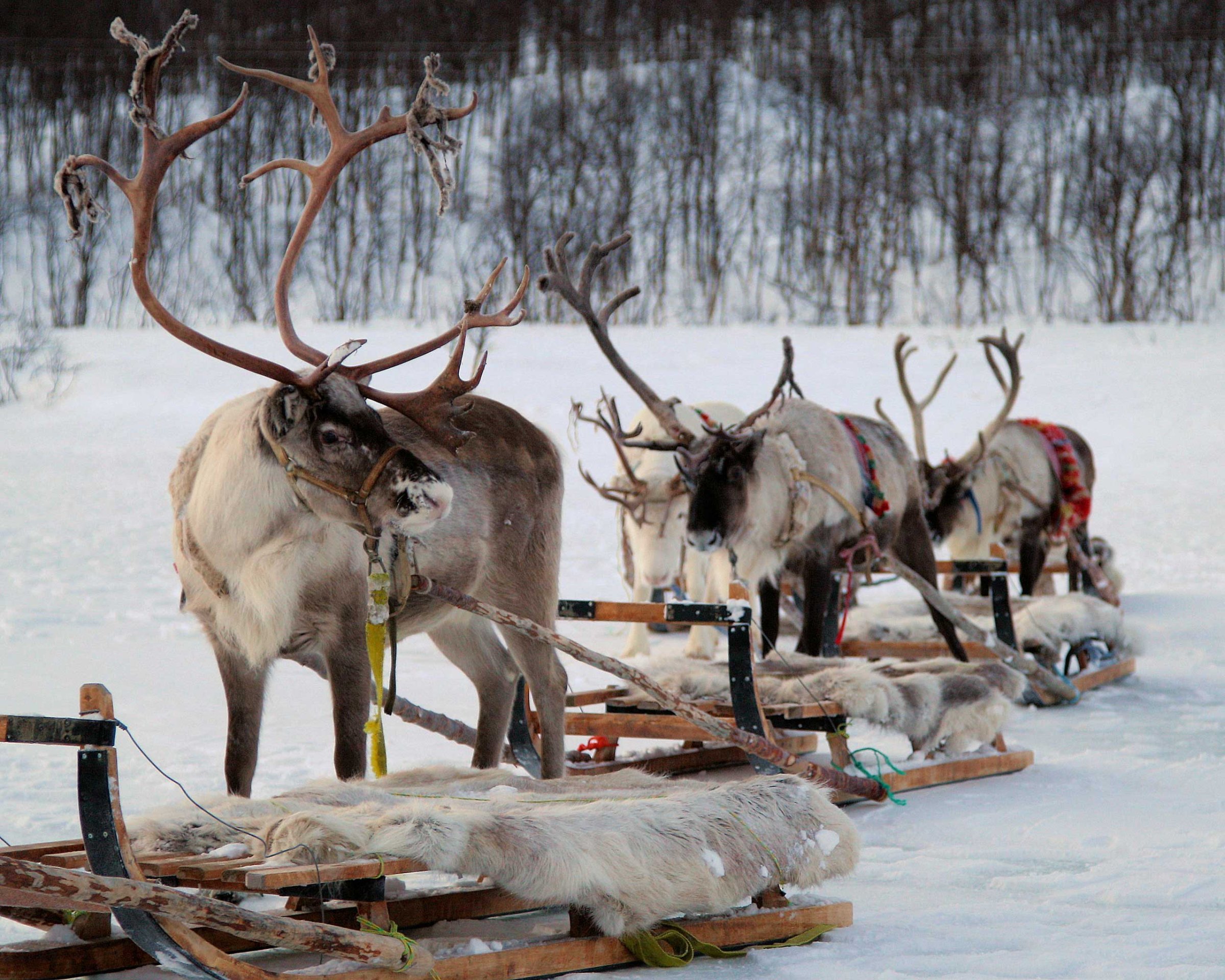
Rudolph’s nose might be glowing just a little bit brighter this year, for all the wrong reasons: radiation levels in Norwegian reindeer sharply rose this year.
According to a Norwegian environmental report, scientists in September observed 8,200 becquerel (a unit of measurement for radioactivity) of Celsium-137 per kilo in reindeer, a noticeable jump from 2012, when reindeer in the same area had only 1,500 becquerel of Celsium-137 per kilo. (600 becquerel per kilo is the safe limit for sheep meat.)
“This year is extreme,” Lavrans Skuterud, researcher at the Norwegian Radiation Protection Authority told Norway’s The Local.
But Skuterud knows the source of the radiation levels: mushrooms. Specifically, the gypsy mushroom (Cortinarius caperatus), which can absorb a lot of radiation lingering in that part of the globe nearly 30 years after the Chernobyl disaster.
“This year, there has been extreme amounts of mushroom,” he said. “In addition, the mushroom season has lasted for a long time. And the mushroom has grown very high up on the mountains.”
More Must-Reads from TIME
- Why Trump’s Message Worked on Latino Men
- What Trump’s Win Could Mean for Housing
- The 100 Must-Read Books of 2024
- Sleep Doctors Share the 1 Tip That’s Changed Their Lives
- Column: Let’s Bring Back Romance
- What It’s Like to Have Long COVID As a Kid
- FX’s Say Nothing Is the Must-Watch Political Thriller of 2024
- Merle Bombardieri Is Helping People Make the Baby Decision
Write to Nolan Feeney at nolan.feeney@time.com